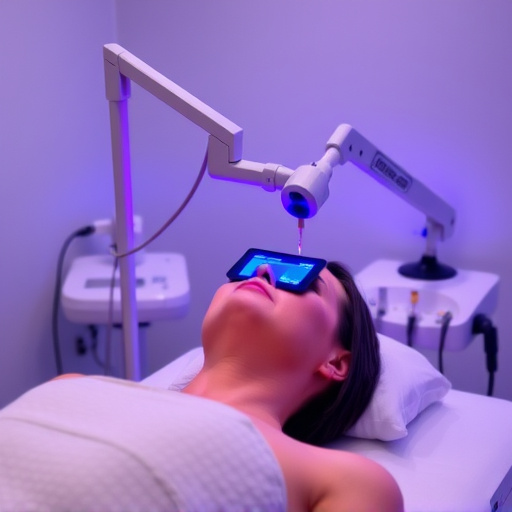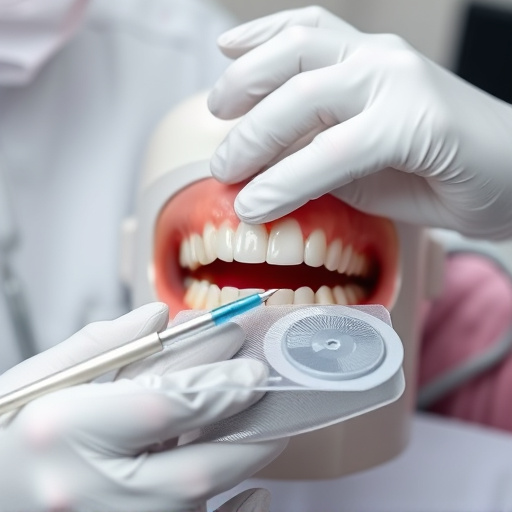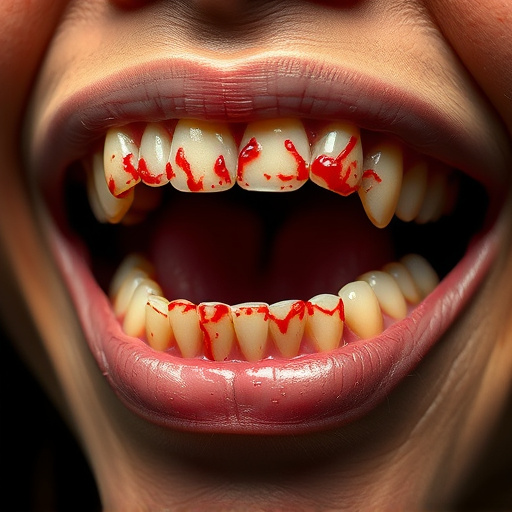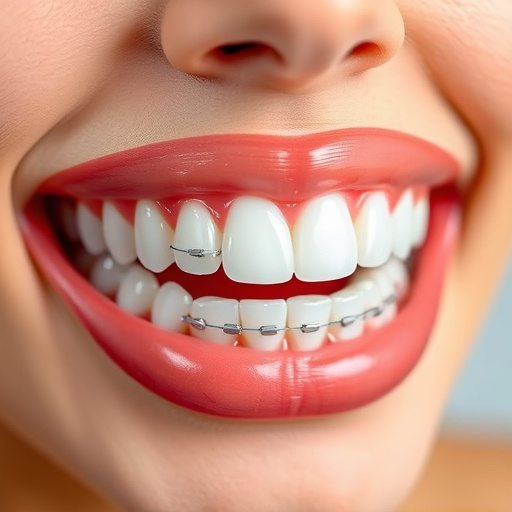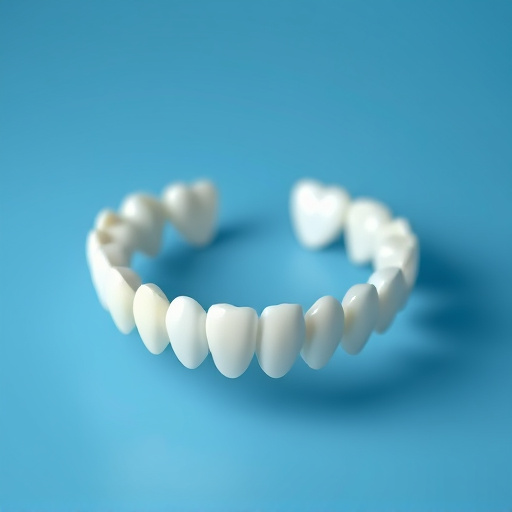3D dental imaging is a revolutionary technology in dentistry, offering detailed three-dimensional views of oral structures. It enhances diagnostic accuracy by revealing subtle issues like hidden cavities or abnormalities, and improves treatment planning precision for complex cases. This advanced imaging technique benefits patients through reduced risks, faster recovery times, and tailored treatments, as demonstrated by successful case studies. By utilizing 3D dental imaging, modern dental practices achieve better outcomes and enhanced patient care.
In the realm of dentistry, precision is key to successful treatments. Enter 3D dental imaging—a revolutionary technology transforming oral care. This advanced technique offers a detailed, tridimensional view of dental structures, providing dentists with invaluable insights before surgeries. By minimizing surgical surprises, it enhances safety and efficacy. From understanding complex anatomies to planning intricate procedures, 3D imaging is a game-changer, ensuring optimal patient outcomes and reducing potential complications. Let’s explore how this technology is reshaping modern dentistry.
- Understanding 3D Dental Imaging: The Technology and Its Benefits
- How 3D Imaging Prevents Surgical Complications
- Case Studies: Successful Implementation and Patient Outcomes
Understanding 3D Dental Imaging: The Technology and Its Benefits

Understanding 3D Dental Imaging: The Technology and Its Benefits
In today’s digital era, 3D dental imaging has emerged as a revolutionary tool in the field of dentistry, transforming how oral health professionals diagnose and treat various conditions. This advanced technology uses specialized cameras and software to capture detailed, three-dimensional images of teeth, gums, and surrounding structures. Unlike traditional two-dimensional X-rays, 3D dental imaging provides a comprehensive view, allowing dentists to assess complex cases with unprecedented accuracy.
The benefits of 3D dental imaging are vast. It enables precise planning for procedures like dental bonding, cosmetic dentistry, and implant surgeries by giving a detailed look at the patient’s oral anatomy. Moreover, it aids in detecting subtle issues that might be missed on routine oral exams, ensuring timely interventions. This technology enhances diagnostic confidence, reduces surgical surprises, and ultimately contributes to better treatment outcomes, making it an invaluable asset in modern dental practices.
How 3D Imaging Prevents Surgical Complications
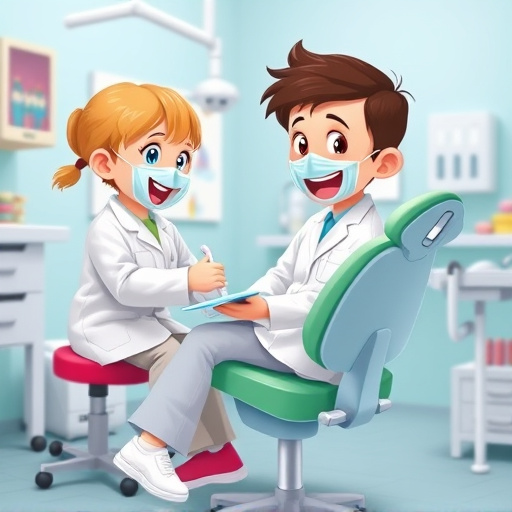
Advanced 3D dental imaging technologies play a pivotal role in modern dentistry, enhancing diagnostic accuracy and enabling dentists to plan procedures with unprecedented precision. By creating detailed, three-dimensional models of teeth and oral structures, these imaging techniques offer a clear view of what lies beneath the surface, which is particularly invaluable for complex cases involving surgical interventions. This level of visualization helps prevent potential complications before they arise.
For instance, 3D imaging can accurately identify structural anomalies, such as hidden cavities or abnormalities in tooth roots, that might not be apparent during a standard examination. This information allows dentists to make informed decisions about the extent of treatment required, whether it’s as simple as dental bonding for minor repairs or more extensive procedures like cosmetic dentistry or preventive dentistry interventions aimed at maintaining long-term oral health. By anticipating challenges and tailoring treatment plans accordingly, 3D dental imaging ensures a smoother surgical experience, reducing risks and improving overall patient outcomes.
Case Studies: Successful Implementation and Patient Outcomes

Various case studies highlight the successful implementation of 3D dental imaging in clinical settings, showcasing its ability to transform patient outcomes. One such example involves a patient who had been experiencing persistent pain and discomfort for months. Traditional 2D imaging techniques failed to provide a clear picture of the issue. However, upon adopting 3D imaging, dentists were able to identify a impacted wisdom tooth causing the problem. This early detection avoided an invasive surgical procedure that might have been required if the condition went undiagnosed.
Another compelling case study centers on a patient seeking cosmetic dentistry services. Through 3D dental imaging, the dentist accurately assessed the patient’s teeth and gum structure, revealing a minor misalignment that could be corrected with clear braces. This non-surgical approach not only improved the patient’s smile aesthetics but also prevented complex surgical interventions associated with more severe cases. These success stories underscore the potential of 3D dental imaging to enhance diagnostic accuracy, streamline treatment planning, and ultimately lead to better patient outcomes, including reduced risks, shorter recovery times, and enhanced cosmetic results in procedures like dental cleanings, tooth repair, and cosmetic fillings.
3D dental imaging is transforming oral surgery by providing detailed, three-dimensional views of dental structures. By minimizing surgical surprises and enhancing precision, this technology improves patient outcomes and reduces the risk of complications. As demonstrated in various case studies, incorporating 3D dental imaging into dental practices can lead to more effective and safer procedures, ultimately benefitting both patients and practitioners alike.

